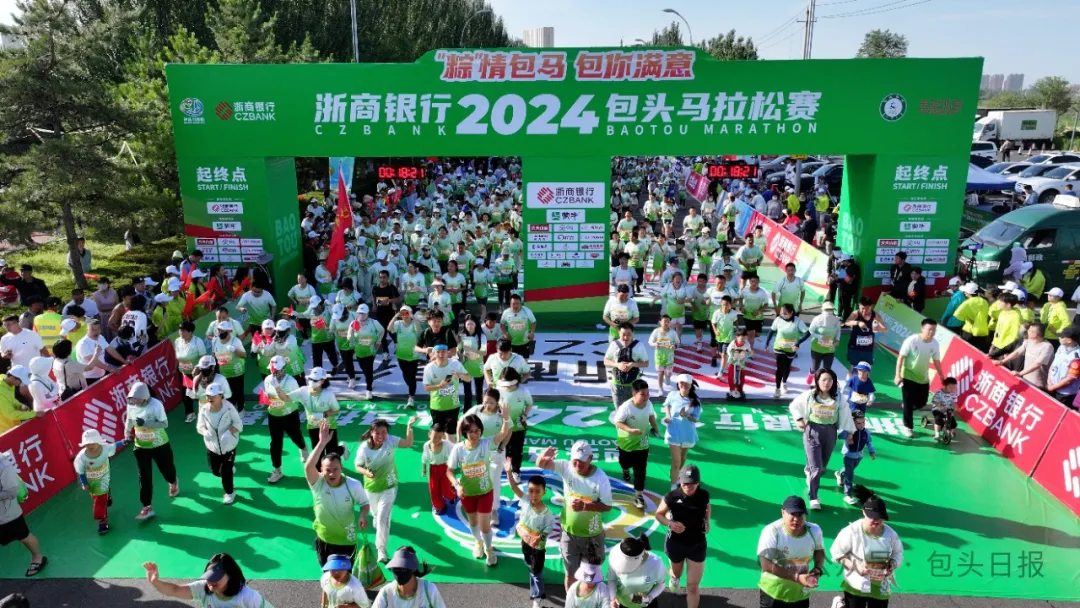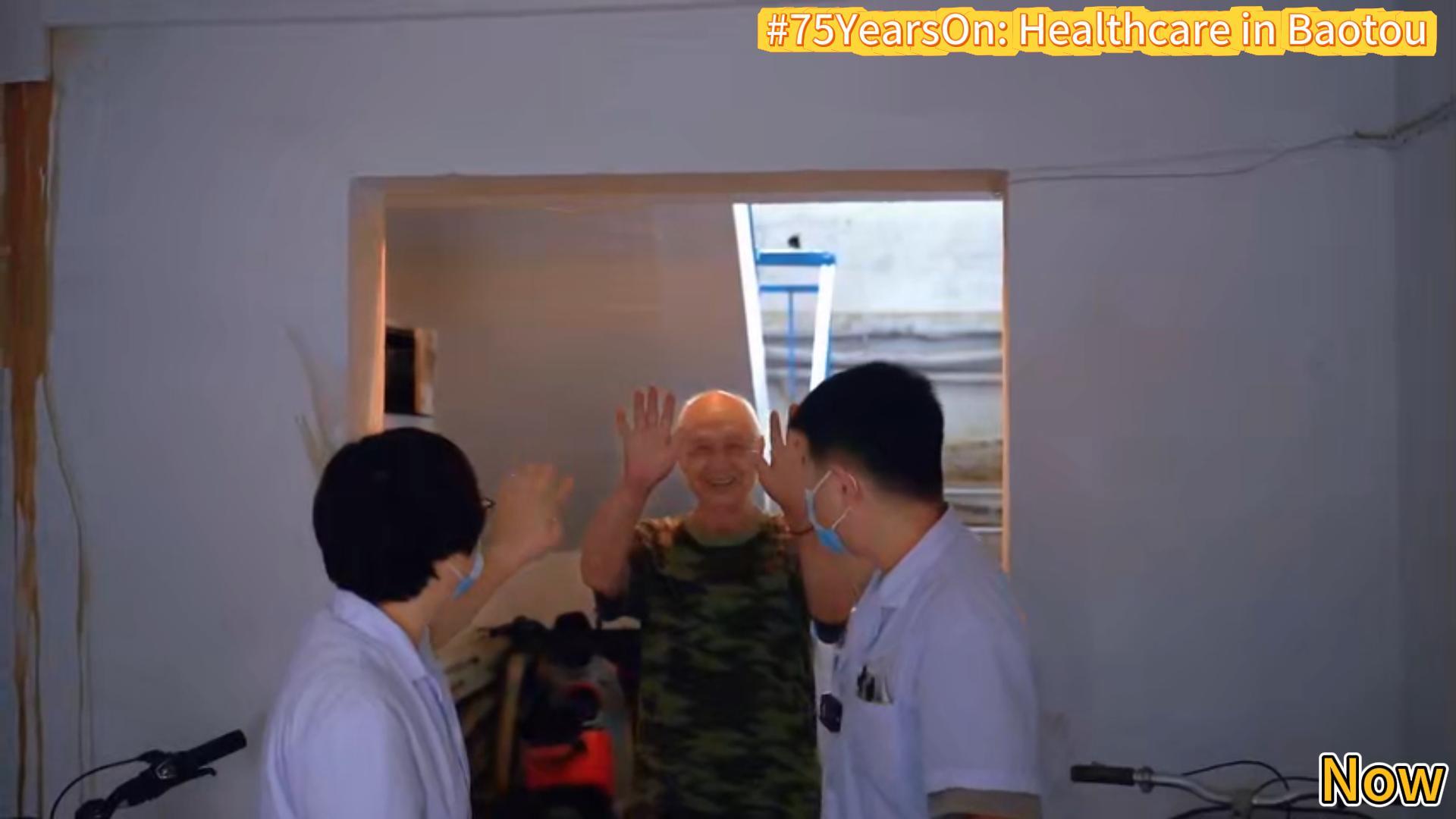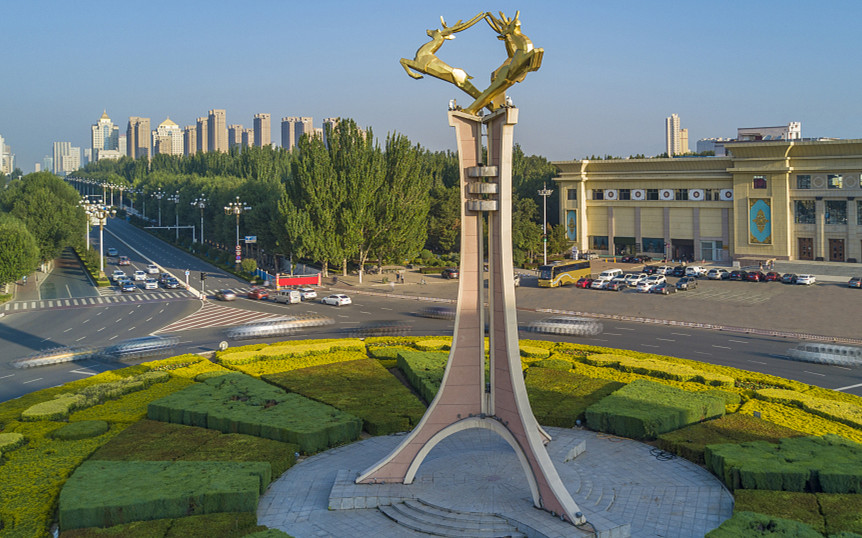Transforming wastelands into green oases: Baotou's ecological renewal
In recent years, Baotou in North China's Inner Mongolia autonomous region has made substantial strides in ecological restoration, turning barren lands into lush landscapes.
The transformation of Bayan Obo mining district is a prime example. Once a disused mining pit, it now boasts verdant lawns and blooming flowers. This success stems from effective soil revitalization strategies, including advanced microbial restoration that enhances soil structure and fertility. The park's overall seed germination rate has reached an impressive 90 percent, surpassing international benchmarks.
Innovative soil improvement has also yielded promising results in saline-alkali lands. In Haizi township, Tumd Right Banner, a 100-mu (6.7 hectares) test plot was cultivated with perennial grass and five other crops using specially developed microbial soil agents. As a result, flourishing yields and plants reached heights of up to two meters. By autumn, sweet corn alone covered 60 mu, showing substantial harvests.
In Jiuyuan district, an industrial tailings pond was transformed into the lush Dagantai Tourism Area. Automated irrigation systems and comprehensive measures such as slope stabilization and grass seeding have rejuvenated the landscape. Now spanning 700 mu of greenery, this site has attracted nearly 100,000 visitors and boosted local businesses and cultural activities.
These initiatives set a robust example for sustainable development and ecological innovation.





 75 years on: Baotou's commitment to build a healthcare hub
75 years on: Baotou's commitment to build a healthcare hub